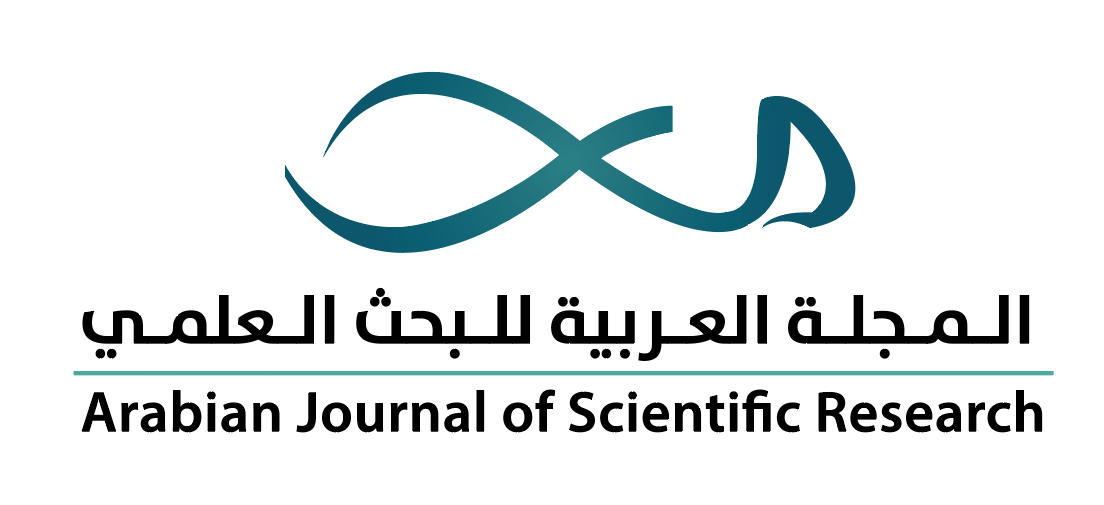-
oa دراسة الخصائص الفيزيوكيميائية والبكتيريّة لمياه شاطئ البحر برجيش في مدينة المهديّة - تونس
- المصدر: Arabian Journal of Scientific Research-المجلة العربية للبحث العلمي, Volume 1 (2020), Issue 2, نوفمبر ٢٠٢٠, 9
-
- ٢٠ يناير ٢٠٢٠
- ٠٩ مارس ٢٠٢٠
- ١٥ نوفمبر ٢٠٢٠
الملخص
إنّ الخصائص البكتيرية و الفيزيوكيميائية لمياه البحر لها تأثير مباشر في صحة الإنسان، لذا اهتمّت هذه الّدراسة بالكشف عن مؤشّرات التّلوّث بشاطئ رجيش، بمدينة المهديّة شرق السّاحل التّونسي، والتحرّي بخصوص حساسية البكتيريا المعزولة للمضادات الحيويّة. شمل هذا البحث عينات ّمن مياه البحر والرواسب خلال أربعة أشهر متتالية، وتبيّن أنّ إجمالي المواد الصلبة العالقة والمركبات العضوية المولدة، أعلى من المعايير المقبولة في تونس، كما جرى الكشف عن المكورات المعوية البرازية في جميع المواقع، مما يدل على التلوّث البرازي البشري والحيواني للماء. كانت جميع السلالات المعزولة شديدة المقاومة للريفامبيسين والجنتاميسين والكلورامفينيكول والأمبيسيلين والأزيثروميسين. أمام هذه الوضعيّة، يوصى بالانتباه إلى عمليّة معالجة مياه المصارف، واعتماد تقنية المعالجة الثّلاثيّة قبل تصريفها في البحر، للمحافظة على الصحّة العامّة والحدّ من التلوث المائي وانتشار الأمراض.
Bacterial and physicochemical properties of seawater have a crucial impact on human health. Data about these characteristics in Rejiche Cost, a touristic and a fishing area in Tunisia are limited. Thus, in the present study, seawater and sediment samples were collected during four successive months.
Various physicochemical and microbial properties were screened to ascertain the safety of water for swimming. Antimicrobial susceptibilities were determined using disc diffusion method. Total suspended solid, turbidity, absorbable organic halogen, chemical oxygen demand and biochemical oxygen demand were higher than accepted norms in Tunisia. Enterococcus faecalis was detected in all the sites indicating a human fecal contamination. All isolated strains were highly resistant to rifampicin, gentamicin, chloramphenicol, ampicillin and azithromycin. Our results showed that the situation in Rejiche cost is alarming. Treatment of wastewater discharges requires intensive monitoring to improve seawater quality and to respect the required healthy standards.


